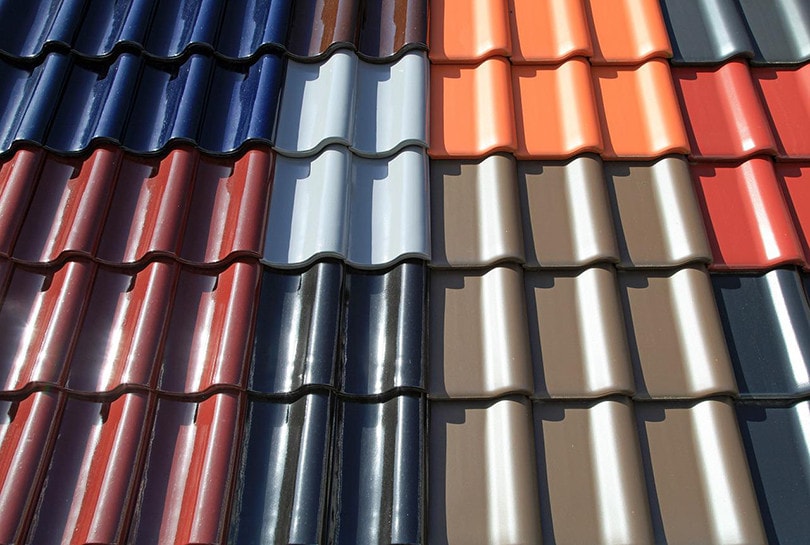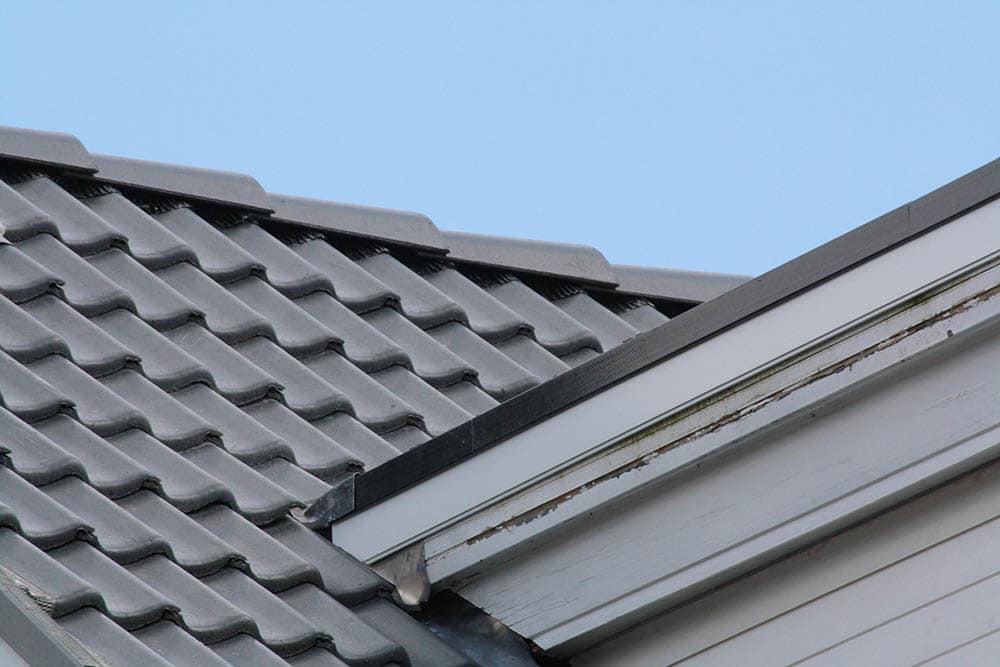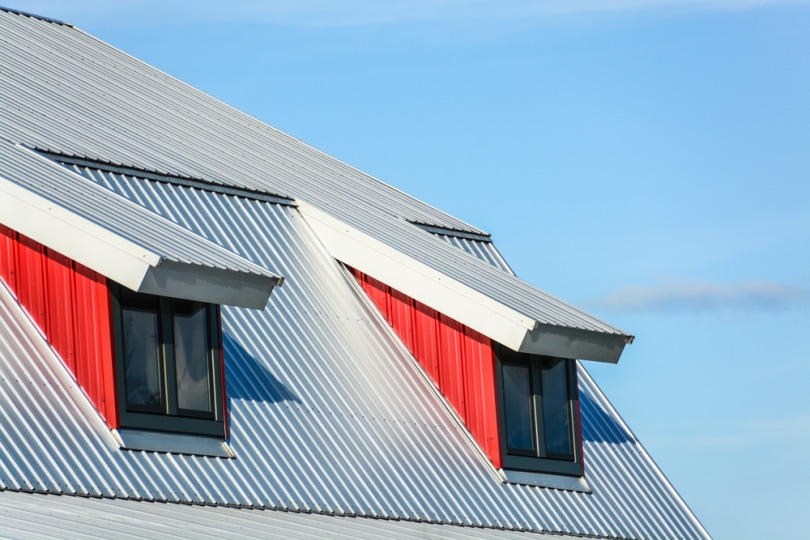What is Roof Flashing? Types, Advantages & Disadvantages
-
Pete Ortiz
- Last updated:

What is roof flashing? Many homeowners do not know the answer to this question and properly installed roof flashing is relatively unnoticeable. The roof above your home is more than just shingles. It is an entire system that is carefully crafted to protect your home.
Roof flashing is a thin (often) metal material installed to deflect water away from vulnerable areas of a roof that are most at risk for leaks and flooding and to protect it from the elements.
- The roof surface that joins up against any side or front walls
- Roof edges such as eavestroughs and rakes
- Bathroom and kitchen vents
- Skylights
- Low points where two roof slopes join, also called valleys
How Does Roof Flashing Work?
Roof flashing should always be installed by someone who understands roofing safety requirements. It is designed to allow water to run down the side of the roof instead of into the decking. Whether you are planning to replace your roof or not, your roof flashing should be checked annually.

What Type of Material Does Roof Flashing Require?
There are different material options to choose from to protect your roof. The most common types include aluminum, steel, and copper. No matter what kind of material your roof flashing is made of, it should outlive the shingles on your roof.
Aluminum flashing is easy for professionals to install and is lightweight. However, it must be coated if it is to be used with concrete, as it can potentially corrode. Copper roof flashing is highly durable and is a common material used around chimneys. Steel is usually the most popular choice for roof flashing because it is aesthetically pleasing.
The 9 Different Types of Roof Flashing
1. Base flashing
Base flashing is installed at the connection between your roof and any vertical surface, such as a chimney.

2. Drip edge
Drip edge is the metal roof flashing built up against the edges of your roof that helps control the direction of water flow away from your fascia board.
3. Ice and water shield
The ice and water shield is the waterproof outer layer used to protect your roof from ice and water damage. Your roof crevices and valleys are vital for keeping water flowing in the proper direction down your roof, but they need protection from the constant flow of water every time it rains.
4. Step flashing
Step flashing is shaped at a 90-degree angle between the roof and walls. It directs water away from the roof into the gutters.

5. Counter flashing
Counter flashing is typically applied to chimneys after the base flashing and step flashing have been installed.
6. Continuous flashing
Continuous flashing protects the connection between a wall and a sloped roof, guiding the run-off down the shingles.

7. Valley flashing
Valley flashing is most commonly installed over the ice and water shield and runs from where two roof slopes converge to the gutter. It allows the rainwater from the shingles to flow into the valley sheet metal flashing.
8. Skylight flashing
You would need to install skylight flashing separately if your skylight did not come with it originally.
9. Kickout flashing
This type of flashing closes the area between where step flashing ends and the gutter begins. It keeps water flowing away from the wall by directing it into a gutter.

Advantages of Roof Flashing
Proper roof flashing will help prevent long-term roof repair costs. While there are premade flashing pieces you can purchase, many roofing professionals will customize their own roof flashing from sheet metal. If you decide to buy your own flashing, be sure not to purchase premade flashing that is not suitable for roofing.
Disadvantages of Not Roof Flashing
If flashing is not installed, water can slowly flow down through the roof and into the walls of your home, causing major leaks and rot. Roof flashing is recommended instead of alternative materials, such as sealant or tar.
Tar and sealants are ineffective long-term solutions and break down much easier. Flashing is installed for long-term use and will save you in the long run.

Frequently Asked Questions
1. Can I reuse old roof flashing if I am replacing my shingles?
It is suggested that you replace your roof flashing if you are replacing the rest of your roof, as the flashing material may not have the same lifespan and will eventually need replacing anyway. However, a professional may choose to reuse recently installed roof flashing if it is still in excellent condition.
2. How do I know if my roof flashing needs to be replaced?
Check for any leaks, holes, damages, or rust. Loose or missing nails must be replaced as well as any damaged or missing sealant. It is also important to pay attention to the condition of your shingles and other roofing materialsand make notes if they are damaged, rusting, or decaying. Any leaks or damage noticed on the inside of your house may also result from roof flashing that must be replaced.

3. How much will it cost to replace roof flashing?
While the answer to this varies depending on the size of your roof as well as your chosen materials, the average cost to hire a professional to replace roof flashing ranges between $300 and $1,500.
 Conclusion
Conclusion
In conclusion, while roof flashing is not the most dramatic element of your roof or a very exciting way to spend your hard-earned money, it is crucial for the safety and protection of your home. Unless you are incredibly comfortable with roofing repair and installation, it is not advised that you do this yourself. Reputable contractors can offer roof flashing services and advice.
Featured Image Credit: Michael Pool, Shutterstock
Contents


